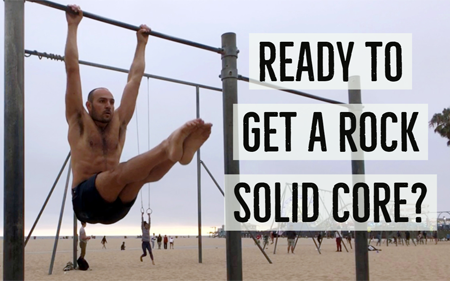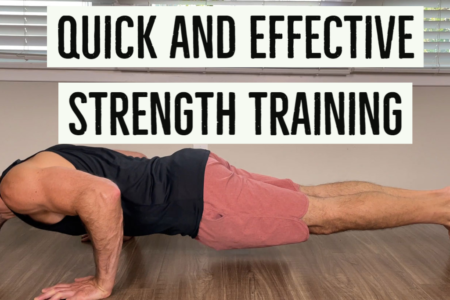Now that we talked about what makes up the resting cell membrane potential, let’s talk about the effect of a low potassium ion concentration [K+]ECF on the resting cell membrane potential called hypokalemia.
We know as long as the K+ concentration is 150 mEq/L inside and 5 mEq/L outside, everything is in equilibrium and the voltage inside the cell is 90mV and that negativity is preventing anymore positive charges from flowing out.
If the potassium levels outside the cell start to drop, that’s known as hypokalemia. Hypo- means low, kal stands for Kalium, the latin word for potassium, and -emia means in the blood. So hypokalemia is a lower than nomal amount of potassium in the blood (in the extracellular fluid).
The Effects of Hypokalemia
What would happen if the potassium levels outside the cell drops? As K+ decreases, that intensifies the concentration gradient. The greater the difference in concentration gradient, the faster the diffusion. This causes more positively charged potassiums to flow out than normal, making the inside of the cell more negative. When the membrane potential becomes even more polarized (negative) than normal, that’s called hyperpolarized.
The clinical manifestation is a generalized slowing down (depression) of the nervous system and muscles. This leads to fatigue, muscle weakness (including respiratory muscles), weak, irregular heart beat and decreased GI motility.
Who develops hypokalemia? What causes hypokalemia?
1) Inadequate intake of potassium. This one is not so likely because potassium is found in ALL foods, even junk food. The only people who don’t have enough potassium are because they are anorexic (somebody who doesn’t eat) or bulimic (somebody who eats and then throws it up).
2) The use of diuretics. Diuretics are commonly referred to as water pills. They make you pee. The fancy word for “make you pee” is that diuretics increase urine output. Diuretics cause you to secrete water and salt and that’s fine. That’s usually the reason why one takes it. But they also cause the kidneys to excrete potassium and they develop hypokalemia. Who takes diuretics? People with edema (a build up of fluid) and there are many, many reasons why that would happen such as injury to the body. The most common reason for edema is high blood pressure, known as hypertension. Everybody with high blood pressure has edema. The high blood pressure is causing fluid to squirt out of their capillaries. It’s usually noticed in the ankles due to gravity. Almost everybody who has high blood pressure is immediately prescribed to eat less salt and take a diuretic because it has the least side effects compared to other drugs. There’s a very powerful diuretic used in the hospital called lasix (ferosamide) that you might have heard of.
3) Hyperaldosteronism. Back on steroid hormones, we talked about mineralcorticosteroids and the most important one is this aldosterone hormone. When the adrenal gland releases too much, it’s called hyperaldosteronism. We wrote that these mineralcorticosteroids control the sodium and potassium levels. These things are homeostatically regulated by our bodies through hormones. We’ll talk more about this in the future articles.
4) Excessive vomiting or diarrhea, especially in infants: While food goes through the alimentary canal to get absorbed in the blood stream, nutrients can flow the other way as well. If infants are vomiting out the mouth or have diarrhea out of the anus, they are losing electrolytes. Every mother who calls the pediatrician and says “My baby is sick and can’t keep milk down, what should I do?” They tell them give them “Pedialyte.” It’s like Powerade for infants.
5) Profuse sweating also causes us to lose electrolytes out of our skin. That’s why athletes drink Gatorade and such when they exercise. If they don’t they will slow down more and more until they collapse.
Next let’s learn about the effects of HYPERKALEMIA!






